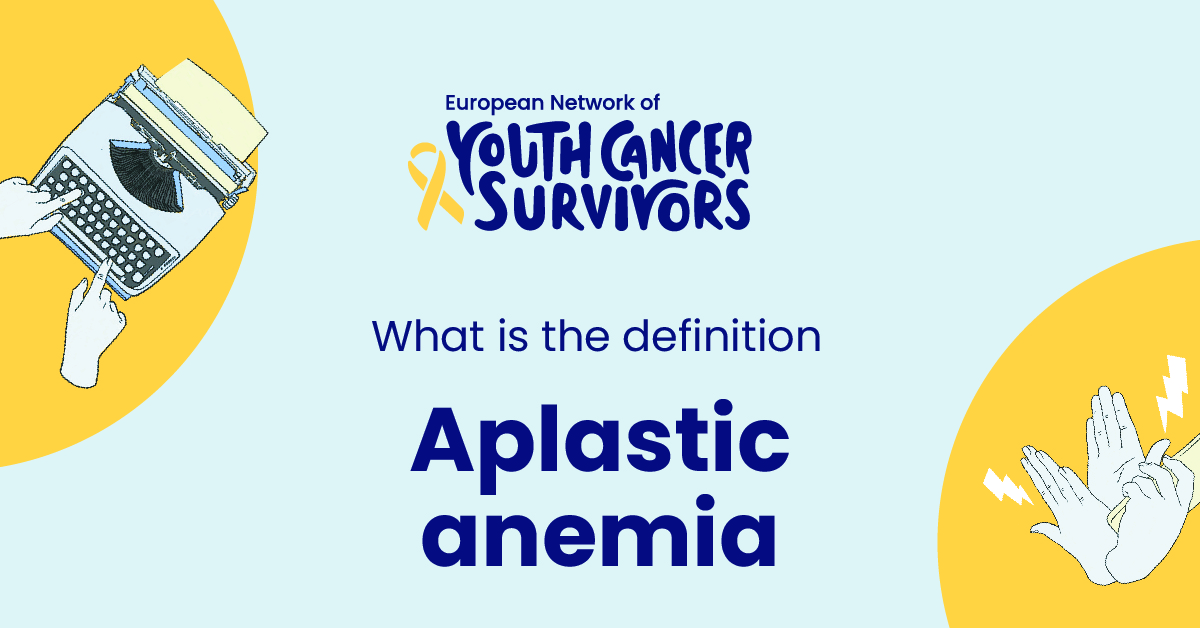
Aplastic anemia is a rare, but potentially life-threatening blood disorder. Yet, a comprehensive understanding of this condition, its symptoms, and available treatments could help improve the quality of life for patients. This article provides insights into the disease’s characteristics, risk factors, and management strategies.
Understanding Anemia
Anemia often gets misunderstood as a single disease. However, it is a condition that develops when your blood lacks enough healthy red blood cells or hemoglobin, a component of red blood cells that binds oxygen. This lack often leads to generalized body weakness, fatigue, and shortness of breath.
Several types of anemia exist, including iron-deficiency anemia, sickle cell anemia, and Aplastic anemia. The symptoms generally include fatigue, weakness, pale or yellowish skin, irregular heartbeats, shortness of breath, dizziness, cold hands or feet, and headache. Recognizing the type of anemia is critical in planning effective treatment interventions.
Definition of Aplastic Anemia
Aplastic anemia is a form of anemia caused by a failure in the bone marrow – the body’s blood cell ‘factory.’ Unlike other types of anemia caused by insufficient iron, vitamin B12 or folic acid, Aplastic anemia results from the bone marrow’s inability to produce enough of all three types of blood cells: red, white, and platelets.
The exact cause of Aplastic anemia is not yet known. However, it is suspected to often result from an autoimmune disease where the body mistakenly attacks its bone marrow cells. This disease differs from other types of anemia due to its cause, the inadequate production of blood cells, and its potentially severe effects if left untreated.
Risk Factors and Causes of Aplastic Anemia
While genetic factors influence some cases of Aplastic anemia, cases are more commonly linked to environmental factors. These factors include exposure to radiation, pesticides, and benzene, a chemical used in various industries.
Medical treatments and drugs, such as chemotherapy and certain antibiotics, can also potentially lead to Aplastic anemia. In these cases, the anemia can be an unintended side effect of otherwise life-saving treatments.
Symptoms of Aplastic Anemia
Early signs of Aplastic anemia might initially appear mild, with symptoms such as fatigue, shortness of breath, and irregular heartbeat. Over time, these symptoms can progress to include frequent or prolonged infections, unexplained or easy bruising, skin rash, and dizziness or headaches.
If you or a loved one experiences these symptoms, it is crucial to seek immediate medical attention. Early detection and treatment can drastically improve the prognosis for Aplastic anemia.
Diagnosis and Treatment Options for Aplastic Anemia
A diagnosis of Aplastic anemia often involves a thorough medical history, a physical examination, and laboratory tests, including a complete blood count and bone marrow biopsy. Once a diagnosis is confirmed, treatment options range from supportive care, such as blood transfusions and medication, to more aggressive therapies like bone marrow or stem cell transplants.
The prognosis for patients with Aplastic anemia varies widely. It can depend on several factors, including the patient’s age, overall health, and response to treatment.
Get to know us better
If you are reading this, you are in the right place – we do not care who you are and what you do, press the button and follow discussions live

Living With Aplastic Anemia
Adapting to life with Aplastic anemia involves managing symptoms and the side effects of treatment effectively. This management could mean making dietary changes, dealing with fatigue, and keeping up with medical appointments, among other factors.
Emotional and psychological support is equally essential. Patient support groups and mental health professionals can provide much-needed assistance for patients and their families as they navigate through this life-changing diagnosis.
Conclusion
In conclusion, Aplastic anemia is a serious form of anemia arising from the bone marrow’s inability to produce blood cells adequately. While the cause often remains unknown, several risk factors, such as environmental exposure and specific medical treatments, have been identified. Early detection and effective management of the condition significantly improve patients’ prognosis, enabling a better quality of life.
FAQs
- What is the difference between regular anemia and Aplastic anemia?
Regular anemia refers to a condition where there’s a deficiency of red blood cells or hemoglobin, often due to factors such as iron deficiency. In contrast, Aplastic anemia is due to the bone marrow failing to produce enough of all types of blood cells.
- Can one live a normal life with Aplastic anemia?
With proper treatment and management, individuals with Aplastic anemia can live a quality life, though adjustments might be necessary to manage symptoms and maintain health.
- What types of treatments are available for Aplastic anemia?
Treatments for Aplastic anemia range from supportive care, such as blood transfusions and medications, to more aggressive interventions like bone marrow or stem cell transplants.
- Are there ways to prevent Aplastic anemia?
Given that the cause often remains unknown, it can be challenging to prevent Aplastic anemia. However, avoiding known risk factors such as radiation and exposure to certain chemicals can help reduce the risk.
- How is Aplastic anemia diagnosed?
Aplastic anemia is diagnosed through a combination of a thorough medical history, a physical examination, and laboratory tests, including a complete blood count and a bone marrow biopsy.

















Comments
Thank you. Comment sent for approval.
Something is wrong, try again later